


The modern Ship's badge came into being in 1919 when the Admiralty sought to standardise them. The early work of Charles ffoulkes, the first Admiralty Advisor on Heraldry shaped the process by which designs were submitted, refined and produced as a Sealed pattern. Ffoulkes, and his successor Sir Arthur Cochrane, had produced 1,480 designs by 1954 when Sir Arthur died. Four Advisors later new designs are still being produced today.
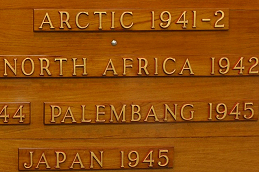
Although the first Battle Honour granted was for ARMADA 1588 the Battle Honours Boards seen on modern warships did not appear until 1954 when the concept of Battle Honours was introduced to foster esprit de corps among the ships companies and so take a personal interest in the wartime exploits of their ships and past ships of the same name.
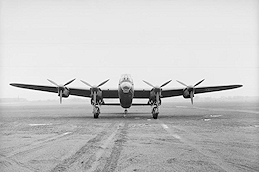
An account of the handful of Lancaster bombers operated by 780 Squadron from Royal Naval Air Station Peplow, Shropshire during 1946.


An account of HMS TRIUMPH and the 13th Carrier Air Group, the first Royal Navy Carrier Force in the Korean War, June- September 1950 by Tony O`Toole

A short article about the U-Class submarine 'adopted' by the borough of Hove after a successful National Savings 'Warship Week' campaign in the spring of 1942.
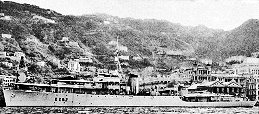
In December 1946 the frigate HMS AIRE was caught in a typhoon that blew her onto a coral reef miles off the shipping lanes. This article tells the story of her loss and the rescue of her crew on Christmas Eve drawing on the memories of Telegraphist Tony Elliott.

David Kennedy explores the idea that the sinking of HMAS SYDNEY in November 1941 could be linked to Winston Churchill and his anti-Australian attitude. Could he have withheld vital military intelligence? A PDF document
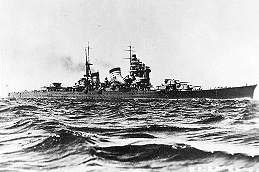
Sometimes called the Battle of the Malacca Strait, and in Japanese sources as the Battle off Penang, the HAGURO was the last major Japanese warship to be sunk in a surface action during World war Two. After surviving an airborne attack by aircraft of the East Indies Fleet she was sunk by the 5 Destroyers of the 26th Destroyer Flotilla in a Torpedo and Gun action.
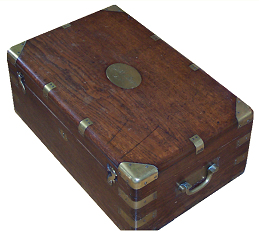
After inheriting a genuine Royal Navy sea chest Dr. Christian Strutz set about tracing its origins. He discovers that was made for Ralph Abercrombie Otto Brown R.N who achieved the rank of Rear Admiral in Queen Victoria's Navy..
© 1999-2025 The Royal Navy Research Archive All Rights Reserved Terms of use Powered byW3.CSS